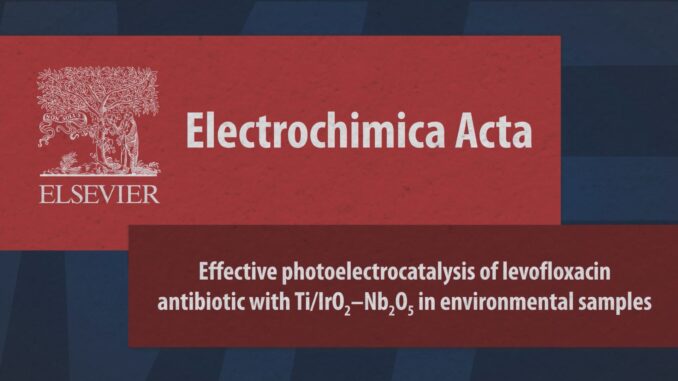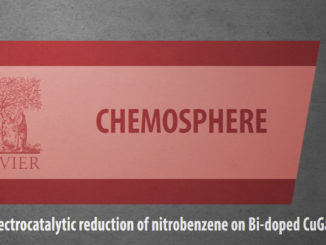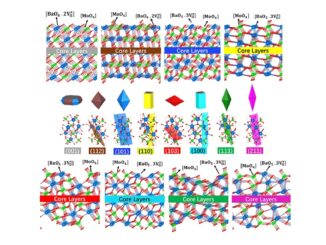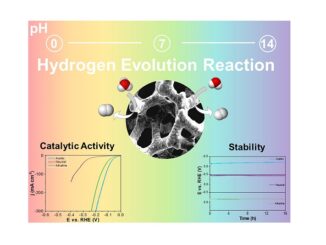
Effective photoelectrocatalysis of levofloxacin antibiotic with Ti/IrO2single bondNb2O5 in environmental samples
Abstract: This work reports the development and application of a highly efficient catalyst based on IrO2 and Nb2O5 for the degradation of the antibiotic Levofloxacin (LFX) in simulated and real surface water samples. The IrO2single bondNb2O5 films, which were obtained by modified Pechini method, were deposited on a titanium substrate, leading to the production of Ti/IrO2single bondNb2O5 electrode. After being subjected to morphological, structural and electrochemical characterization, the Ti/IrO2single bondNb2O5 electrode was applied for the degradation of LFX using different processes, including electrolysis (EC) and photoelectrolysis (PhEC), and the results obtained were compared to that of UV–Vis irradiation-based photolysis. The application of the PhEC process led to a relatively higher and faster removal of LFX in the water matrices investigated, where 100% degradation rate and about 70% mineralization rate were obtained at the end of 1.5 h of treatment, compared to the individual photolysis and EC processes. The results obtained from quenching tests showed that LFX degradation under the PhEC process may be associated with the presence of active radicals, such as HO•, SO4•− and O2•−, in addition to the e−/h+ pair formed with the incidence of light during treatment. Apart from excellent photoelectrocatalytic activity and high stability, the Ti/IrO2single bondNb2O5 electrode exhibited high electrochemically active surface area (ECSA). The excellent results obtained from the application of the PhEC process in terms of TOC removal and the remarkable catalytic properties of Ti/IrO2single bondNb2O5 point to the high efficiency of the system proposed in this study when applied for the treatment and removal of organic pollutants from real water samples.
Author(s): Carlos H.M. Fernandes; Lorena A. Goulart; Roger Gonçalves; Géssica O.S. Santos; Maria V.B. Zanoni; Lucia H. Mascaro; Marcos R.V. Lanza
Electrochimica Acta
Published: 20 January 2024, Volume 475, 143586
DOI: https://doi.org/10.1016/j.electacta.2023.143586
CDMF
The CDMF, hosted at the Federal University of São Carlos (UFSCar), is one of the Research, Innovation and Dissemination Centers (RIDC) supported by the São Paulo State Research Support Foundation (Fapesp), and also receives investment from the National Council Scientific and Technological Development (CNPq), from the National Institute of Science and Technology of Materials in Nanotechnology (INCTMN).




